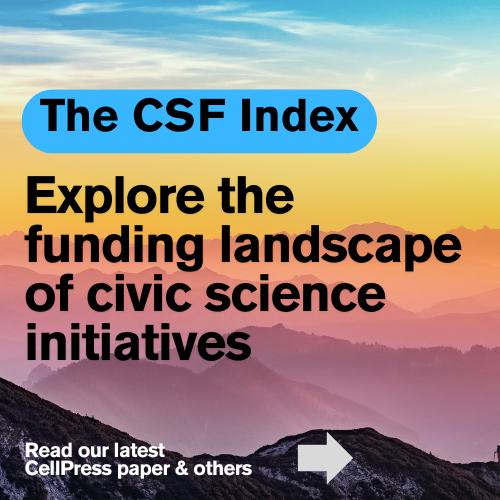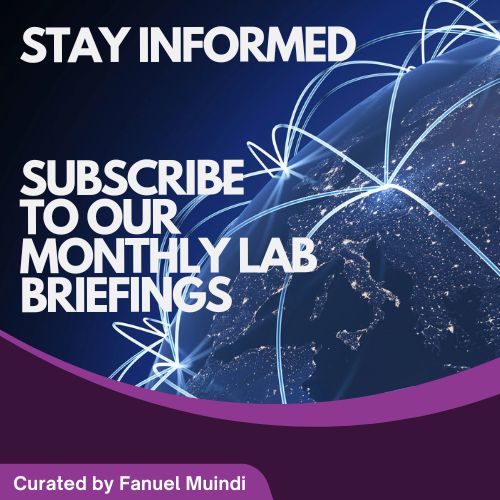Civic Science Observer
From Scroll to Success: Exploring the Role of Science Communicators in Ozempic’s TikTok Triumph

In the past year, you can’t open any form of media without hearing about Ozempic — the “magic” weight loss drug initially approved for diabetes. Ozempic is polarizing to say the least. Some people are obsessed with it and praise its use from the rooftops. Others are angered that this drug is being advertised as a magical diet pill. Either way, the cultural impact, financial success, and scientific innovation of ozempic cannot be denied.
Ozempic was originally approved by the FDA in 2017 for patients with diabetes. In 2021, a similar drug called Wegovy was approved for weight loss. The popularity of these drugs skyrocketed so much that they are on the FDA shortage list. But how exactly did this happen and what are the implications of Ozempic’s success on researchers and science communicators? The success of Ozempic lies at the intersection of diet culture, celebrity influence, social media, and scientific innovation.
Read more on the Civic Science Times
I am a bioengineer and content creator. I have a B.S. in Biomedical Engineering from Virginia Commonwealth University and a Bioengineering PhD from the University of Maryland, College Park.

-
Civic Science Observer4 weeks ago
What are the objectives of the Neurotech Justice Accelerator at Mass General Brigham?
-
Civic Science Observer4 days ago
Meet the New Hampshire organization changing the way we see insects
-
Civic Science Observer2 months ago
Dear Colleagues: Now is the time to scale up public engagement with science
-
Civic Science Observer6 days ago
Dear Colleagues: Help us understand the national impacts of federal science funding cuts on early career researchers in academic laboratories

























